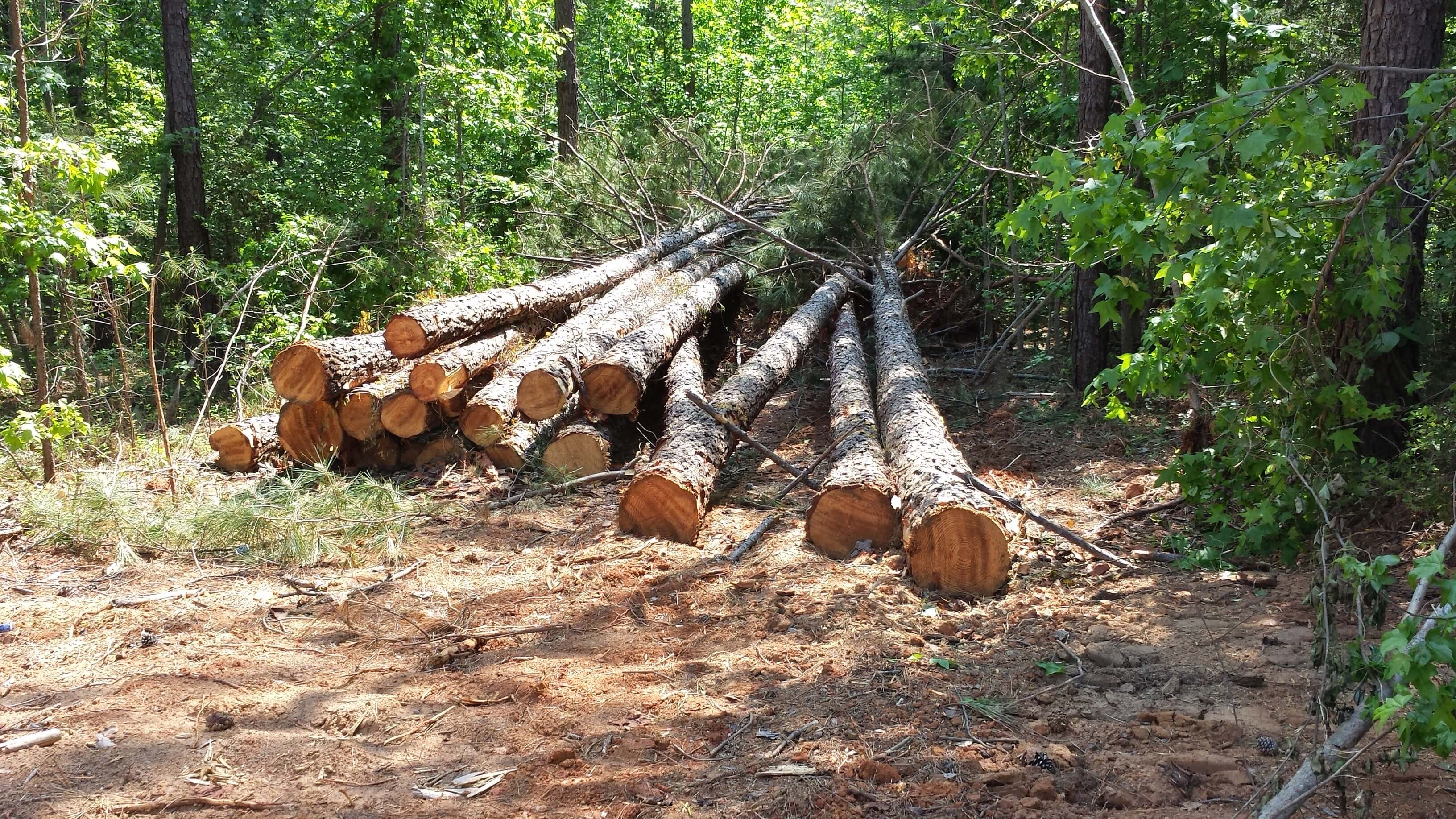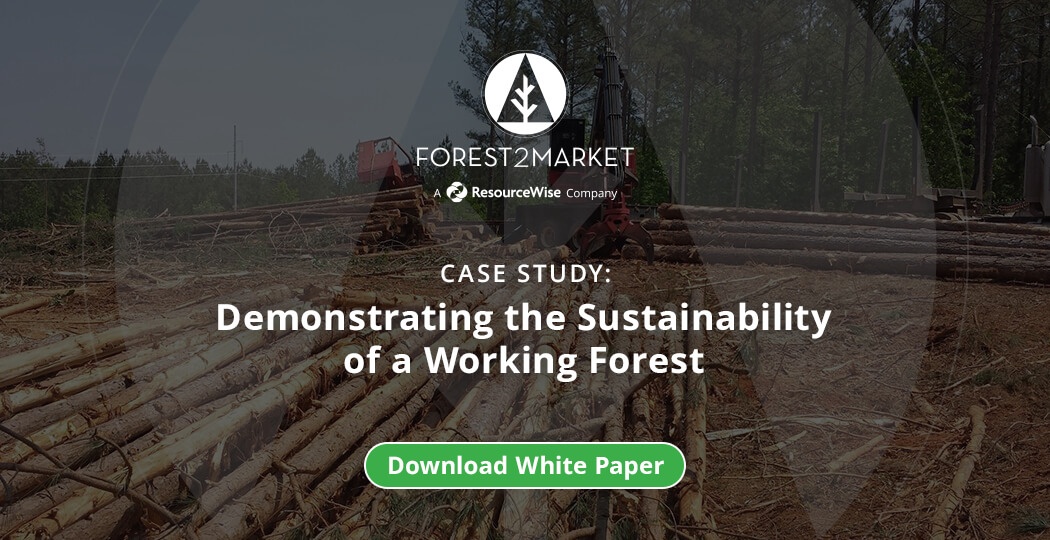1 min read
Case Study: Demonstrating the Sustainability of a Working Forest
John Greene
:
Apr 20, 2022 12:00:00 AM

To the casual onlooker, it seems counterintuitive that harvesting and utilizing trees could result in increased forest sustainability. At a granular level, we struggle to make the necessary connections that illustrate this process. A clearcut section of southern pine timberland, for instance, sticks out in our minds because it represents an abnormality in the landscape at a particular moment in time; a lone bare patch surrounded by a sea of growing trees.
But at a landscape level, this is exactly how the effective management of renewable natural resources and markets work in collaboration. Over the course of 50 years, that lone bare patch will have twice undergone the lifecycle of managed timberland that includes planting, growing, thinning and ultimately harvesting mature trees. These harvested trees are turned into the valuable wood products we all depend on—paper and boxes, tissue, lumber and OSB, biochemicals, etc.—before the timberland is replanted to begin the lifecycle again.
 Clearcut section of a working southern forest that will be replanted and regenerated. Some of the harvest slash (treetops, limbs, etc.) is left on the forest floor to naturally decompose and nourish the soil.
Clearcut section of a working southern forest that will be replanted and regenerated. Some of the harvest slash (treetops, limbs, etc.) is left on the forest floor to naturally decompose and nourish the soil.
 Harvested pine sawtimber that has not yet been delimbed/debarked.
Harvested pine sawtimber that has not yet been delimbed/debarked.
Forest2Market has undertaken some important work around this topic over the last two decades. For a particular 2017 study, we conducted a statistical analysis over a 70-year period that looked at forest acreage, demand and inventory, and we uncovered a significant correlation: Increases in tree removals are associated with more timberland acres, better growth, and larger inventories.
- Over the last 70+ years, annual tree removals throughout the South increased 57% from 5.5 to 8.7 billion cubic feet. Simultaneously, annual growth increased 112% from 6.8 to 14.4 billion cubic feet.
- The amount of timberland in the US South has also remained stable, increasing by about 3%. Because annual growth has outpaced annual removals by an average of 38% over the last 70 years, inventory increased 108% from 142.1 to 296.1 billion cubic feet.
This is good news for the entire forest value chain. More trees = more raw material for wood products manufacturers, more natural habitat for wildlife, and more sequestered carbon to help mitigate the impacts of climate change.
But what does a deeper analysis of this relationship actually look like? At a granular level, does the data reinforce the landscape-level premise?
Click Below to Download and Read the Full White Paper




